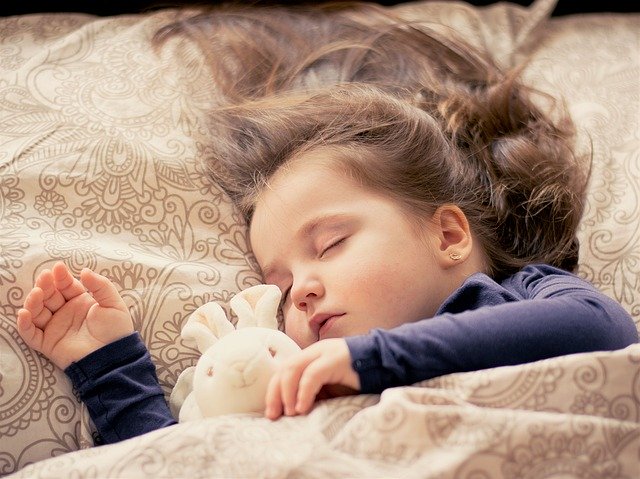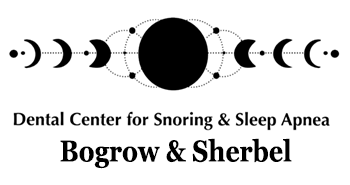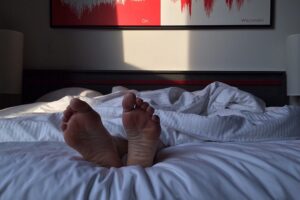Children and a Sleep-Disordered Breathing Diagnosis

Even though up to 15 percent of children have some form of sleep-disordered breathing, 90 percent of them go undiagnosed. Many of the symptoms of SDB such as restless sleep, excessive sleepiness, migraines, and irritability are attributed to ADHD or other behavioral or psychological issues. Many times, sleep-disordered breathing is not diagnosed because health professionals are focused on other issues. However, until the real problem is identified, a child living with SDB cannot be properly treated.
Symptoms of SDB
Parents are likely to be the first to raise concerns about some of the symptoms they see. Children have similar symptoms to adults like snoring and teeth grinding, and those mentioned above. Oftentimes, they sit in the waiting area of a psychologist or behavioral medicine specialist when they just need the help of a dental sleep specialist.
Receiving a Proper Diagnosis
Since sleep apnea and many related sleep disorders are rooted in dysfunctional craniofacial development, dentists are often able to screen for them so young patients can be properly diagnosed. The first line of treatment for a child with SDB is usually to remove the tonsils and adenoids, but issues could persist beyond this initial procedure. If this is the case, a dentist can refer a pediatric patient to Dr. Earl Bogrow. He and his staff at Dental Sleep Solutions can provide effective treatment options. The proper Southfield, MI sleep apnea treatments are often very effective if the underlying issue is caught early enough.
Dental Referrals
Once a dentist suspects a child may be suffering from sleep-disordered breathing, a referral should be made to a dental sleep specialist so a proper diagnosis can be made. If you are a dental professional and are unsure about any of your pediatric patients, contact us for more information.









